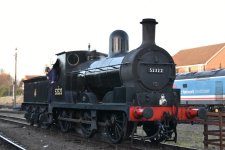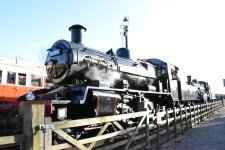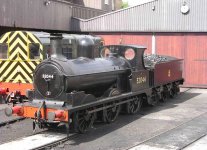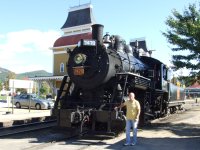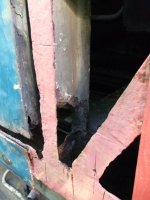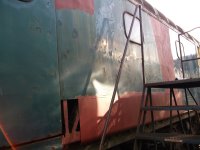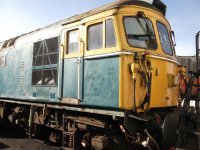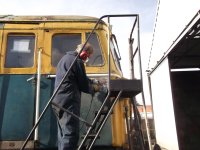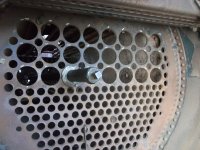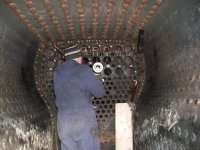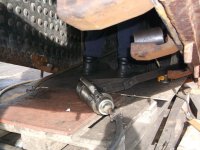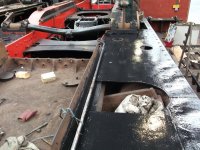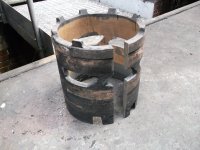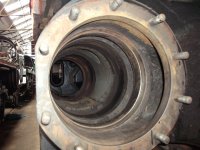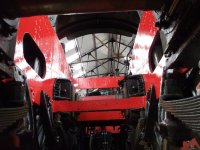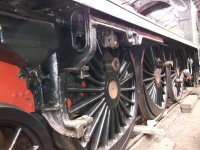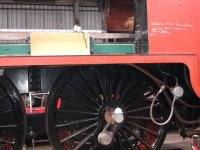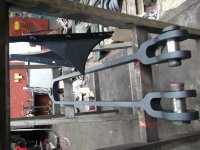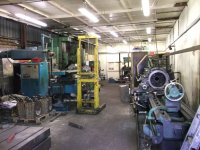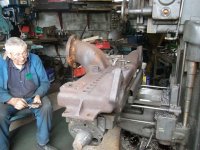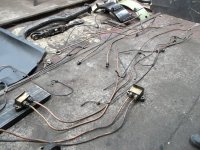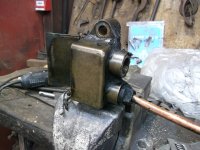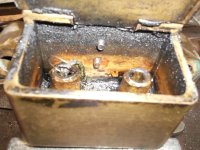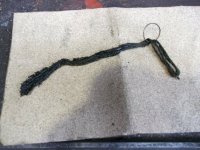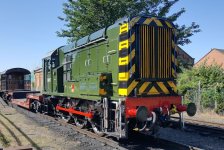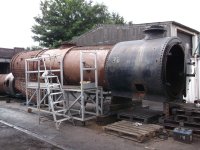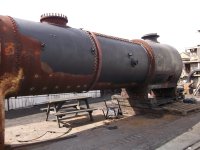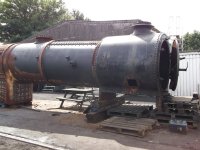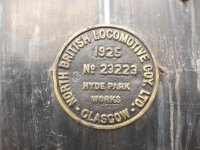Chuffer
CCCUK Member
Traditionally track panels were laid in 60 foot lengths with expansion gaps at each rail joint held together by fish plates on the inside and outside of the rail head and bolted through . They need constant inspection and maintenance by `Plate Layers` walking the tracks and tightening each bolt as necessary and the Fish Plates required regular greasing to allow for easy `slippage` when expansion movement was needed . All very labour intensive , and as you say causes premature wear on wagon and carriage wheels and locos too . The rail ends also wear more quickly than the profile of the rest of the rail too because the ends `pump` up and down as a train passes over it causing more rail wear and wheel wear . As the ends `pump` it loosens the ballast packing around the sleepers that then allows rain in causing ballast washout that then aggravates the problem even and a viscous circle is begins . Thus rough riding of trains occurs which causes higher maintenance costs on locos and rolling stock due to vibration and spring wear and even spring breakage in extreme cases . Back in my firing days we hit a `dropped` rail joint at only 25mph whilst I had the firebox door open . It caused such a jolt on the footplate that the tin cup lid jumped off my enamel tea can that sat on the `mashing tray ` above the firebox door and got sucked straight onto the firebox by the fierce draught without even hitting the cab floor !!A couple of questions relating to railways in general. How is it that huge sections of tail track can now be butt welded (and avoiding the clack-clack sound and perhaps excess wear to carriage wheels).......but summer/winter expansion/contraction doesn't appear to be a problem? - how long do the wheels last before needing new 'tyres'?
Continuous welded rail ( CWR ) is laid in very long lengths in tension by hydraulically stretching it before cutting to length and welded on site to the previous length . Sufficient tension is applied to achieve a stress temperature (SFT) . So an SFT of 27 degrees Celcius means that the rail temperature has to exceed 59 Degrees Celcius before mitigation measures are made such as blanket speed restrictions . A rail temp. of 59 degrees C in high summer with clear blue skies ( worst case scenario) would require an `in the shade` temp. of 41degrees C , something never recorded in the UK . Although that might change with global warming
In summer the effect of the sun lifts rail temp. by between 8 degrees in full cloud cover and 18 degrees C. in clear skies above the ambient `in shade ` temp .
The benefits of CWR are allowing higher speed running of trains , less maintenance and it retains its alignment longer and most unlikely to buckle in the UK .
As for the life expectancy of the steel tyres , that`s very much a `how long`s a piece of string ? ` question . It is dependent on many factors that include the weight of the loco or tender or wagon/ carriage , the type of track of track it runs on regularly as tight curvature of track causes premature flange wear . Excessive braking causes tyre wear on steam locos and old style rolling stock as the cast iron brake blocks act on the tyres . Modern high speed trains have disc brakes like a car . Also loss of traction which is more common on steam locos causes wheel slip whereby the driving wheels become a huge grinding wheel shooting sparks everwhere !!
But to sum up , steam locos operating on Heritage Railways and even locos regularly used at speed on the National Rail Network can cover many tens of thousands of miles before needing new tyres fitted as they are generally around 3 inches thick and can be re-profiled on wheel lathe several times before reaching scrapping tolerences . Most steam locos in preservation go through several 10 year Boiler Certificates and heavy general overhaul without needing new tyres .

